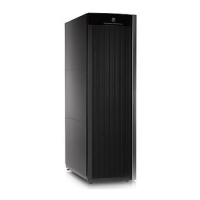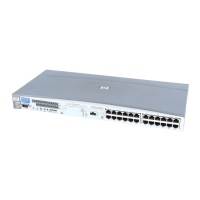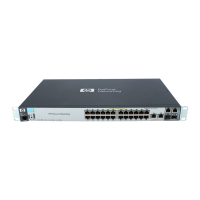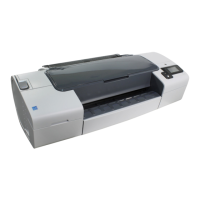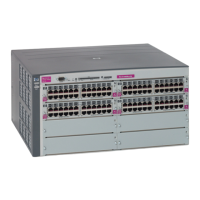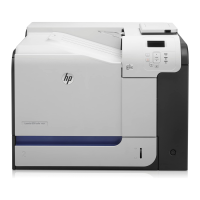Table 1 Methods to preserve consistency for each copy type (continued)
Consistency preservation methodConsistency group ID
specification method
Consistency group IDCopy type
consistency group ID and sub
consistency group ID are
specified in the Copy Group
Attributes panel in which the
copy group attributes are
defined.
For EXCTG, the EXCTG ID
(Forward/Reverse) is specified
Yes4x4
configurations
in the Copy Group Detail
Definition panel. For details
about EXCTG, see “Extended
Consistency Groups”
(page 26).
Legend: Yes= Required, Optional= Can be selected.
The Business Continuity Manager ISPF panels use the abbreviation C/T group for consistency
group.
For the Business Copy for Mainframe, Continuous Access Asynchronous for Mainframe, or
Continuous Access Journal for Mainframe copy type, before a consistency group can be defined,
a consistency group ID must be registered with the storage systems. This is described in “Setting
up Storage Systems” (page 100).
You can define a consistency group in Business Continuity Manager by using the registered
consistency group ID. The functions of the storage system where the consistency group ID was
registered can preserve the consistency of the consistency group. Defining a consistency group is
explained in section “Defining the copy group ID and copy group attributes” (page 486).
CAUTION: If you define a consistency group across multiple storage systems and create a copy
group by specifying the consistency group ID, consistency is not preserved, except in the following
instances:
• For Continuous Access Asynchronous for Mainframe: In a copy group configuration of two
to four primary storage systems and a secondary storage system.
• For Continuous Access Journal for Mainframe: In an Extended Consistency Group (see
“Extended Consistency Groups” (page 26)).
This is similar to preserving consistency for a copy group container (see “Copy group containers”
(page 25)).
NOTE: Throughout this manual, the terms consistency group and consistency group ID are used
in full when they appear in the text.
When a field on a Business Continuity Manager ISPF panel uses the abbreviation for either of
these terms (C/T group or C/T group ID), any related text duplicates the ISPF terminology and
follows it with the full term in parentheses.
Journal groups
Continuous Access Journal writes updates and control information to a master journal on the primary
site. Upon a request from the secondary site, the updates are written from the master journal to a
restore journal. The master and restore journal pair is called a journal group (JNLG).
A journal volume is a specific type of volume used exclusively to transfer updated data. This group
of volumes is not a copy pair P-VOL/S-VOL correlation.
24 Overview of HP P9000 for Business Continuity Manager Software
